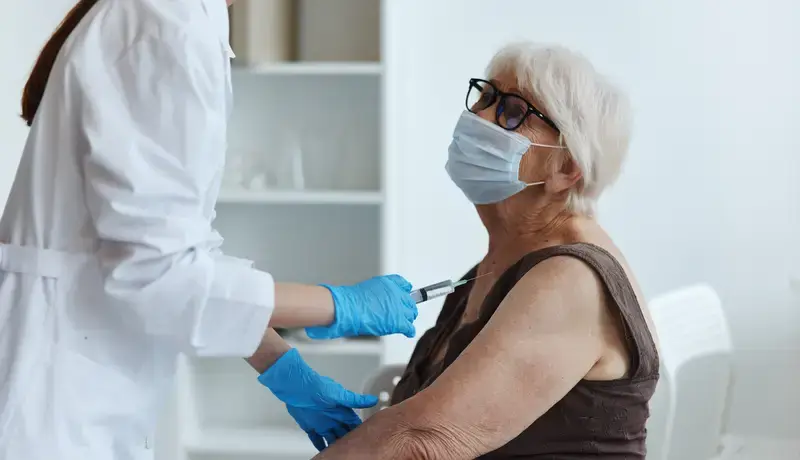Spleen Injury Treatment
Spleen Injury Diagnosis and Treatment
The spleen, located in the upper left part of the abdomen, plays a crucial role in the immune system by filtering blood and storing red blood cells and platelets. Despite its vital functions, the spleen is particularly vulnerable to injury due to its position and structure. Trauma to the spleen can lead to severe complications, including internal bleeding and life-threatening conditions. Recognizing the symptoms, understanding the causes, and knowing the treatment options are critical for effective medical intervention.
Diagnosis of Spleen Injury
Diagnosing a spleen injury requires a combination of physical examinations and imaging techniques. Physicians may suspect a spleen injury based on symptoms like pain under the left rib cage, radiating pain to the left shoulder (Kehr’s sign), or signs of internal bleeding. To confirm the diagnosis and assess the severity of the injury, the following diagnostic tools are commonly used:
- Ultrasound (FAST Scan): Focused Assessment with Sonography for Trauma (FAST) is a rapid and non-invasive method to detect internal bleeding and evaluate abdominal injuries.
- CT Scan: Computed tomography provides detailed images of the spleen, identifying the extent of damage, presence of hematomas, or active bleeding. It is the gold standard for spleen injury evaluation.
- Physical Examination: Doctors palpate the abdomen for tenderness and rigidity, while monitoring vital signs such as blood pressure and heart rate to detect shock from blood loss.
Causes of Spleen Injury
Spleen injuries can range from minor lacerations to complete rupture. The primary causes include:
- Blunt Trauma: Motor vehicle accidents, falls from heights, or sports injuries are the most common causes of spleen damage.
- Penetrating Trauma: Injuries caused by sharp objects or gunshots can directly damage the spleen.
- Enlarged Spleen: Conditions such as infectious mononucleosis, malaria, or blood disorders like leukemia can make the spleen more fragile and prone to rupture, even with minor trauma.
Bleeding severity depends on the extent of the injury. A splenic hematoma, where blood collects within the spleen, may not cause immediate symptoms but could rupture later, even weeks after the initial trauma, resulting in delayed complications.
Symptoms of Spleen Injury
Spleen injuries often present with distinct symptoms, although some may be delayed depending on the extent of the trauma. Key symptoms include:
- Abdominal Pain: Localized under the left rib cage, often radiating to the left shoulder (Kehr’s sign).

- Abdominal Rigidity: Caused by muscle contractions protecting the injured area.
- Signs of Internal Bleeding: Dizziness, low blood pressure, fainting, confusion, and blurred vision, particularly if blood loss is significant.
- Left-Sided Rib Fractures: Rib fractures on the left side may indicate an associated spleen injury due to the organ’s proximity.
Treatment of Spleen Injury
Treatment for spleen injuries depends on the severity of the trauma. Modern medical practices prioritize spleen preservation whenever possible to maintain its immune functions. Key treatment approaches include:
- Conservative Management: Minor injuries often heal naturally with bed rest and close monitoring. Patients are typically advised to avoid physical activities that could aggravate the injury.
- Blood Transfusions: For significant blood loss, transfusions may be required to restore blood volume and prevent complications. Intravenous fluids can also stabilize patients temporarily.
- Embolization: In certain cases, interventional radiology may be used to block blood flow to the injured area, reducing bleeding without surgery.
Surgical Interventions
For severe injuries, surgical intervention may be necessary. The type of surgery depends on the extent of the damage:
- Spleen Repair (Splenorrhaphy): Surgeons may repair the damaged spleen tissue, particularly in cases of partial injuries, to preserve its functions.
- Total Splenectomy: If the spleen is extensively damaged and cannot be repaired, complete removal (splenectomy) may be required. This procedure eliminates the risk of further bleeding but increases susceptibility to infections.
Post-Splenectomy Care
After a splenectomy, patients are at a higher risk of infections, particularly from encapsulated bacteria like pneumococcus, meningococcus, and Haemophilus influenzae. To mitigate these risks, specific post-splenectomy care includes:
- Vaccinations: Patients should receive vaccines for pneumococcal, meningococcal, and Haemophilus influenzae type B infections before or shortly after surgery.

- Prophylactic Antibiotics: Preventative antibiotics may be prescribed, especially for young children or patients traveling to high-risk areas.
- Medical Alert Identification: Wearing a medical bracelet indicating splenectomy helps healthcare providers administer appropriate care during emergencies.
Complications of Spleen Injury
Complications from spleen injuries include:
- Delayed Rupture: A splenic hematoma may rupture days or weeks after the initial injury, causing sudden bleeding.
- Infections: After splenectomy, the risk of severe infections, such as overwhelming post-splenectomy infection (OPSI), increases significantly.
- Abdominal Adhesions: Surgery may lead to scar tissue formation, causing discomfort or intestinal blockages.
Conclusion
Spleen injuries require timely diagnosis and appropriate treatment to prevent life-threatening complications. While modern approaches prioritize spleen preservation, surgical intervention remains essential for severe cases. Comprehensive post-operative care ensures optimal recovery and minimizes infection risks. Understanding the causes, symptoms, and treatment options for spleen injuries is vital for effective management and improved patient outcomes.
If you suspect a spleen injury or need further information, consult a healthcare provider immediately to ensure prompt and effective care.
Frequenlty Asked Questions
-
How can you differentiate spleen injury symptoms from other abdominal injuries?
Spleen injuries often present with unique symptoms like pain radiating to the left shoulder, which may not occur in other abdominal injuries. -
What lifestyle changes can help reduce the risk of spleen injury in individuals with an enlarged spleen?
Precautionary measures such as avoiding contact sports or high-impact activities can significantly reduce the risk of spleen injury. -
Are there long-term health implications for individuals who have undergone a splenectomy?
Individuals without a spleen may have an increased risk of infections and require lifelong precautions, including vaccinations and prophylactic antibiotics.
Spleen Injury Treatment


